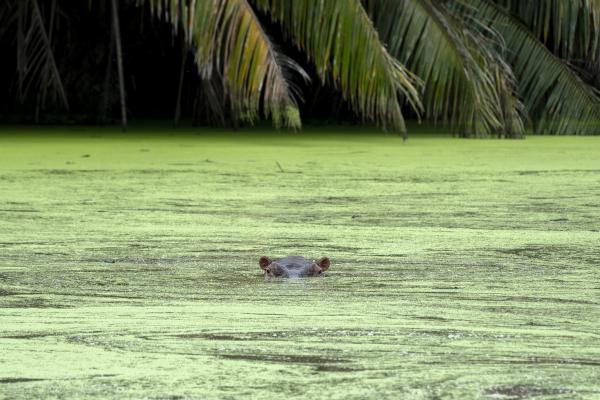Overview
The EU is committed to the highest animal welfare standards. To ensure that hunting or trapping methods are as humane as possible, both within Europe and internationally, the EU has adopted legislation and concluded an international agreement. In 1991, an EU regulation was introduced prohibiting the use of leghold traps within the EU and the import of goods and products made from animal species originating from countries using leghold traps or other trapping methods that do not meet international humane trapping standards.
Objectives
The aim of humane trapping standards is to ensure a sufficient welfare level for trapped animals and to further improve this welfare. The EU regulation and the international agreement were inspired by the desire to agree on international humane trapping standards and to avoid trade disputes with international fur exporters.
Law
Leghold Trap Regulation ((EEC) No 3254/91)
This regulation prohibits the use of leghold traps in the EU. It also prohibits the introduction of pelts and manufactured goods into the EU of certain wild animal species originating from countries where they are captured with leghold traps or trapping methods that do not meet international humane trapping standards.
Commission Decision (98/596/EC)
This Decision allows the import of furs into the EU from countries that prohibit the use of leghold traps, or from countries where the trapping methods used for the listed species meet internationally agreed humane trapping standards. This document outlines a list of countries from which specific animal pelts and manufactured goods can be accepted, provided they are accompanied through the EU customs by a certificate issued and signed by a competent authority in these countries. The model for the certificate can be found as an Annex to Commission Regulation (EC) No 35/97 and a list of Competent Authorities in Canada, Jordan, the Russian Federation and Turkey is available here (this list will be complemented when new information is provided).
Implementation
Competent authorities are designated by EU Member States to implement the Humane Trapping Standards Regulation.
In 1997, the EU concluded an Agreement with Canada and the Russian Federation on international humane trapping standards that was approved on 26 January 1998.
The EU ratified the Agreement in 1998, followed by the Government of Canada in 1999 and the Russian Federation in 2008. This allowed the Agreement to enter into force in July 2008.
A very similar Agreement concerning the standards was approved on 13 July 1998. However, it was in the form of an Agreed Minute reached with the United States. Each party must implement the commitments and obligations arising from this Agreement in accordance with its internal procedures. As a result, the EU, Canada, the Russian Federation and the United States are committed to establishing appropriate processes for testing and certifying trapping methods in accordance with the international humane trapping standards. Furthermore, the use of traps that are not certified in accordance with humane trapping standards must be prohibited within an agreed timetable. The parties must promote research on the ongoing development of the standards. In addition, the Agreement obliges the parties to improve scientific knowledge for evaluating the welfare of trapped animals. In the EU, these responsibilities are conferred to the Member States.
In July 2004, the European Commission adopted a proposal for a Directive on humane trapping standards for certain animal species to harmonise the commitments and obligations arising from these international engagements in the EU. However, this proposal was rejected by the European Parliament during the first parliamentary reading.
On 2 June 2012, the European Commission withdrew its proposal with legal effect. Despite the withdrawal, the Commission fully commits to continued engagement on humane trapping standards.
Reports
This final report - study on trapping describes the state of the art in research, science and application of humane trapping standards referred to in the Agreement on International Humane Trapping Standards.






